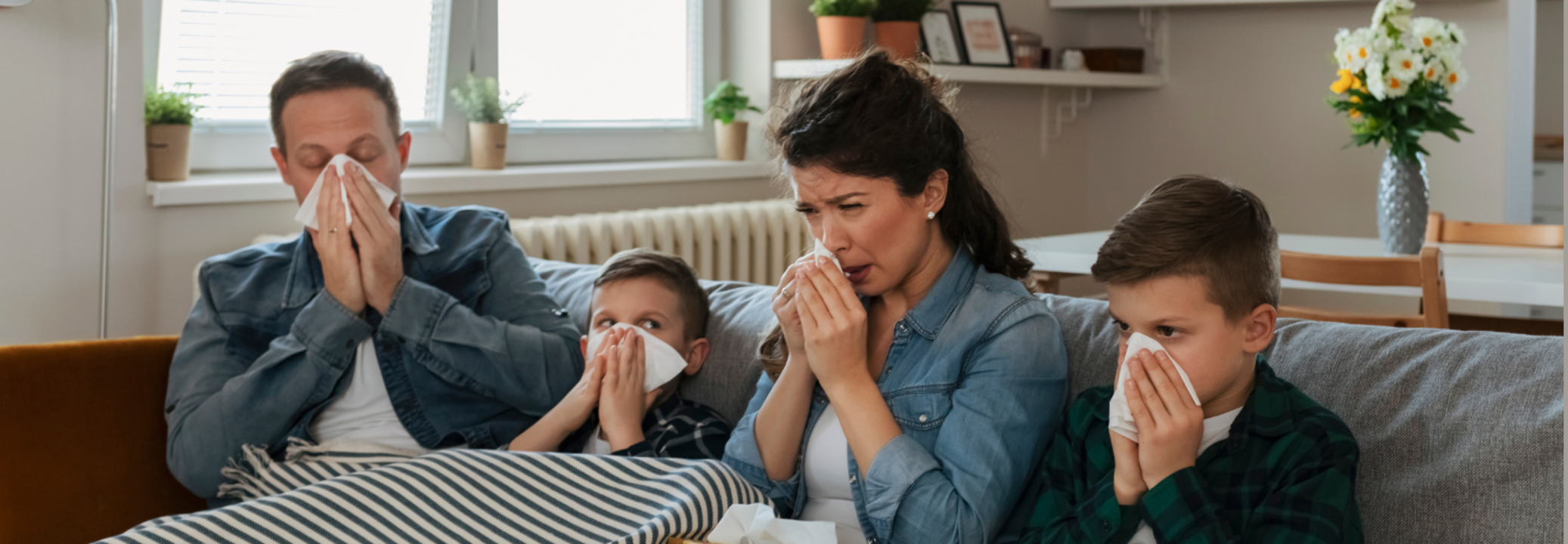Flu Is Contagious, This Is How Long It Can Last

Image Credit: Canva
SummaryAs flu season worsens globally, infections and hospitalizations are rising rapidly. This year’s outbreak is more severe, with an early surge affecting many individuals and their families at an alarming rate.
End of Article
